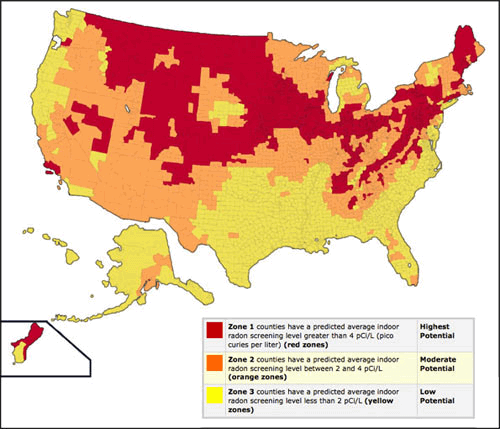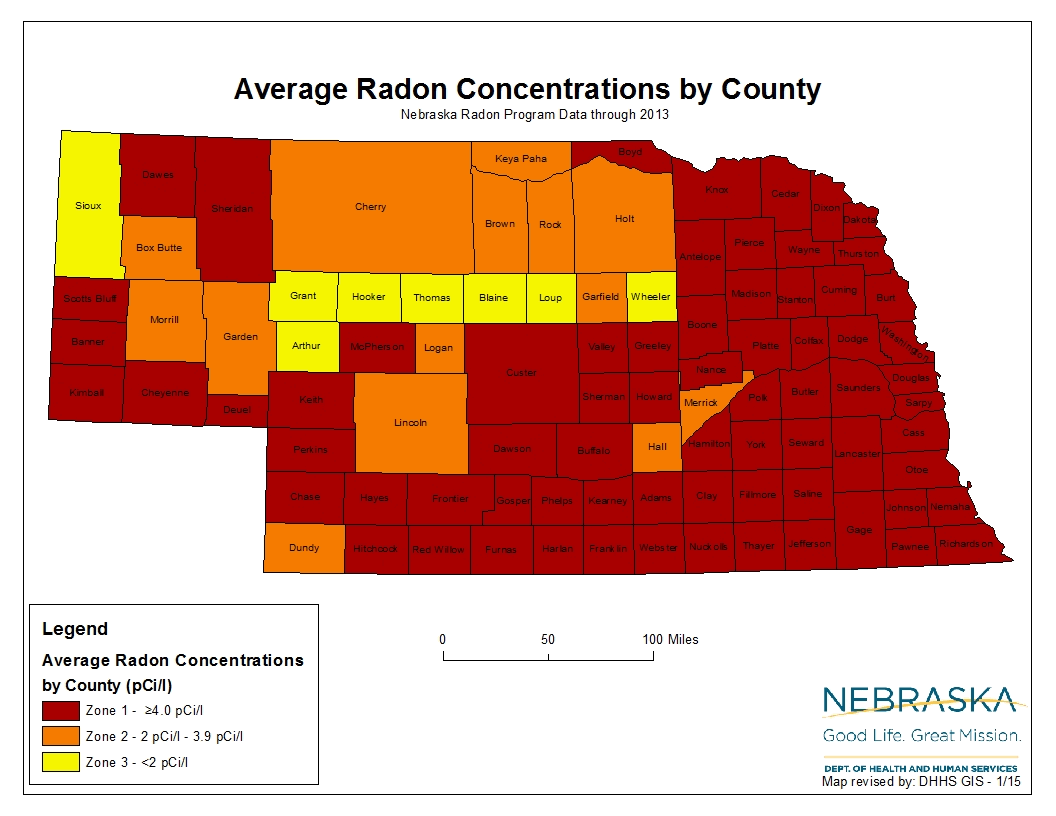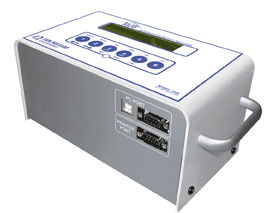What Is Radon?
Radon is a colorless, odorless gas caused by uranium and granite decay in the soil. Where a home is situated on the soil can affect whether radon will be an issue inside the home. Radon enters in multiple ways, including cracks or openings in the foundation. By design, homes are built to keep utility costs low and to retain heat; however, this also creates an environment in which radon gas infiltrating the home becomes trapped and can accumulate to unsafe levels.
How does radon
enter a house?
The differences in air pressure between the inside of a building and the soil around it also play an important role in radon entry. If the air pressure of a house is greater than the soil beneath it, radon will remain outside. However, if the air pressure of a house is lower than the surrounding soil (which is usually the case), the house acts as a vacuum, sucking radon gas inside. Because radon comes from the soil, the geology of an area can help to predict the potential for elevated indoor radon levels. The U.S. Environmental Protection Agency (EPA) has worked with state and federal geologists to develop maps which predict the potential indoor radon levels for every county in the United States. Those counties with the highest potential are designated as Zone 1; those with the lowest as Zone 3.


Why should I test for radon?
Nebraska specifically, among other states, has dangerously high levels of radon which can affect health. Although no level of exposure to radon is safe, the higher the concentrations and longer an individual is exposed to the gas, the more likely that health problems can occur. In the United States, radon gas is the 2nd leading cause of lung cancer and is responsible for 21,000 deaths per year. Both the EPA and the Surgeon General state the only way to find the radon levels within the home is to have it tested. You cannot rely on the results of your next-door neighbors when they tested. The levels can vary by a large amount even from homes right next to each other. General maps are available that show whether a home is in a high-risk area; unfortunately, Nebraska is labeled in red in almost all counties.

How does Professional Inspection Services, LLC perform a radon test?
Real estate transactions happen quickly, and deadlines must be met for any inspection objections. Because of this, we need to be able to assess the radon levels in a home in a short period of time. Unlike many tests that can be performed and sent to a lab for analysis, we use accurate, EPA approved digital radon machines that measure the levels of radon in the home over a minimum of 48 hours, and we obtain readouts immediately. Our machines are calibrated yearly and are designed to alert us if they have been moved or tampered with to provide you the most precise snapshot possible.



